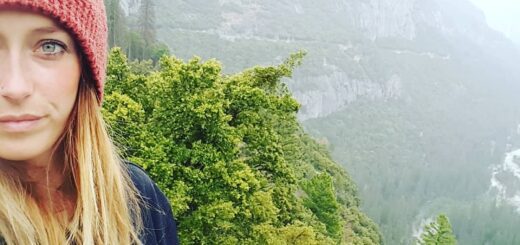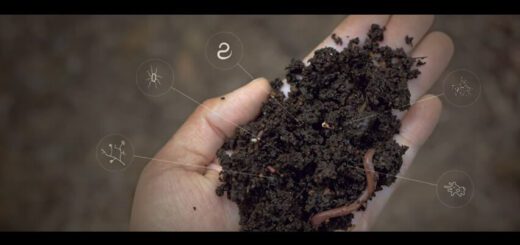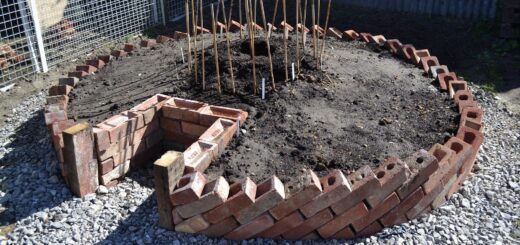Heartwood – a book review
I first found out about Rowan when a friend of mine told me about his farm. Occasionally there are guided tours of Bambra, where he experiments with different tree species to influence his teaching. Rowan Reid is a lecturer at the University of Melbourne in Agroforestry. Co-authoring a book about Agroforestry in Australia and New Zealand with 24, this man really loves trees.
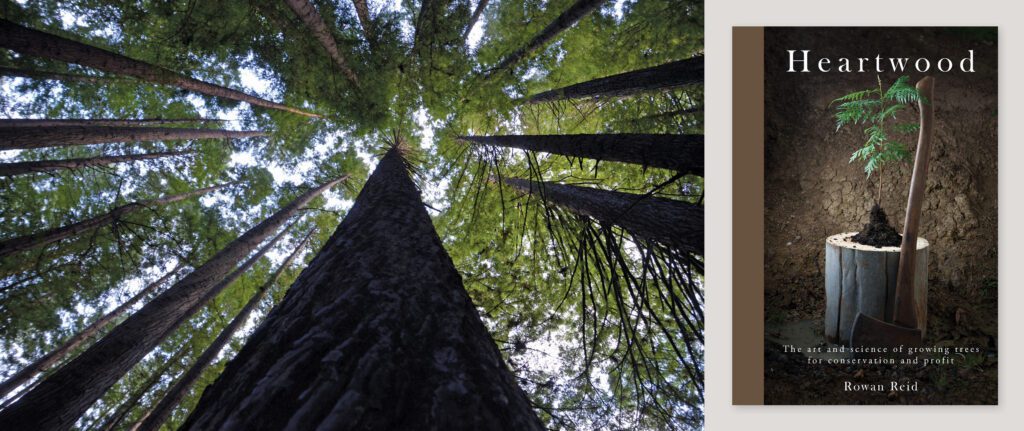

Rowan Reid
Rowan Reid is the director of the Australian Agroforestry foundation and is running his Master Tree Grower course where he teaches farmers why growing trees on their land is a good idea and how to do it profitably.
The main point of the book is to try and re-unite two entities that in Australia and much of the new world(s) has been considered separate. Nature conservation and profitability. That’s what the author calls: Third Wave (he is from the coast, a surfer dude). A combination of two seeming extremes but with benefits of both worlds.
When I first flicked through the book it seems like it’s structured in a way that describes a few tree species. Every chapter is named after a particular kind of tree he is growing on his farm. Shining Gum, Poplar, Black Walnut, Spotted Gum and so on. But once you start reading you quickly notice that it’s almost an autobiography of the farm. He is not so much talking about the trees as much as he is describing his journey since 1985 when he got the farm and wrote his first book. The book has a few info boxes that I found incredibly useful as a novice tree grower. They explain tree grower language:
How wood grows, how to prune right, how different logs are milled, foliage for fodder, spacing etc.

Some great things I learned:
- Hardwood comes from broad leaved trees (Angiosperms)..
- Softwood comes from Conifers (Gymnosperms) which are the trees with needles.
- They have entirely different strategies for reacting to growth stresses (wind and sunlight influence). Whereas hardwood trees make tension wood on the upper side and try and pull themselves up straight, softwood trees make compression wood and push themselves up straight again.
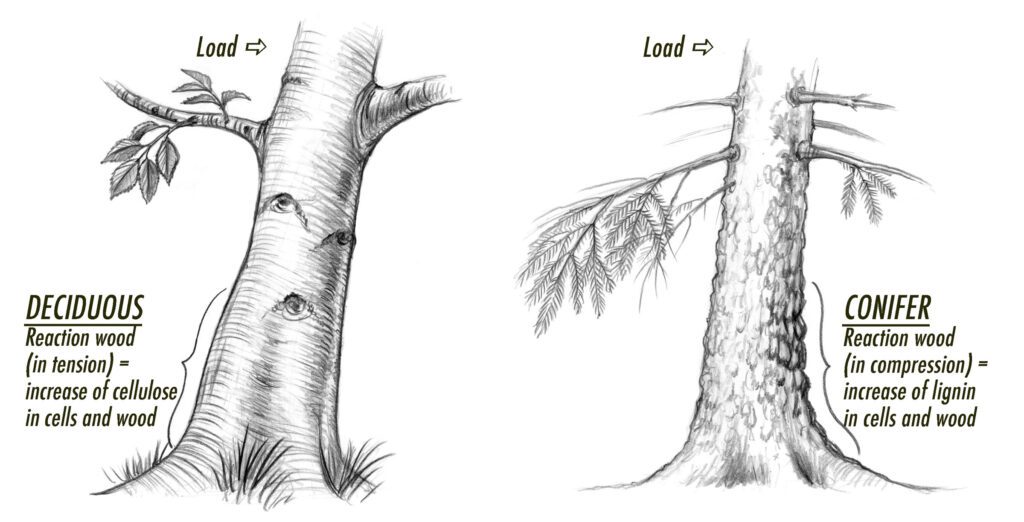
Still, the book goes into much detail about some species where necessary and explains why Rowan made the decision to teach farmers about trees rather then just going out and growing plantation forests.
(I still don’t quite understand why Australian forestry is still stuck in monoculture mode compared to some advances in other countries).
Plantations here are either Blue Gum for woodchips or Radiata pine for building timber, all other logging takes place in native/old growth forests. Especially in Germany I saw many mixed plantation forests or at least conversion from pure conifer post war plantation forests to beech forests that used to dominate where I am from.
Rowan is showing in this book and through his work that other species are economically viable for small and big farmers. The best part is him trying to assess the economic value and even with the insane growth rates of some of the eucalypts in Australia (20 year cycles are possible) other financial investments might be a better investment. But many of his clients get the chance to talk about how the trees they planted for conservation and profit are not just financial investments or habitat restoration but also enhance their sense of place, bring them joy and have many other functions such as protection for sheep or just simply summer shade.
I thoroughly enjoyed the book and the author’s broad perspective on land management and experimental mindset.
If you are interested in trees, have a look if you can find it, it’s a great read.
If you’d like to check out the book yourself, you can nab it here.


